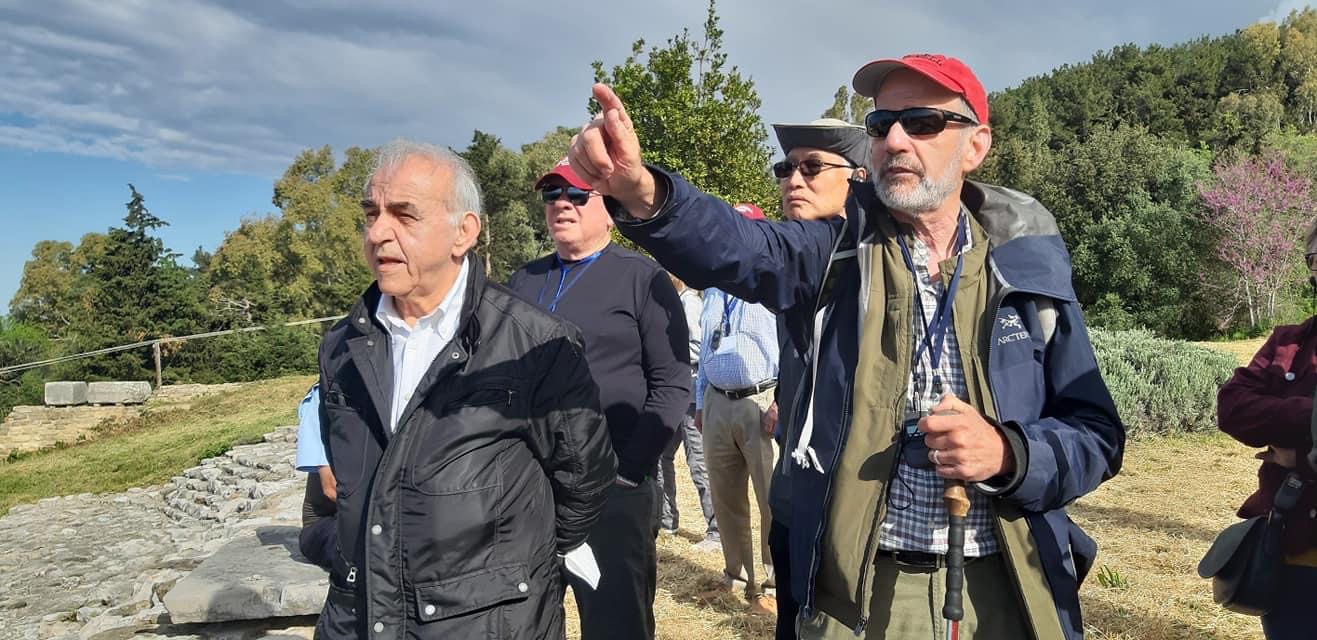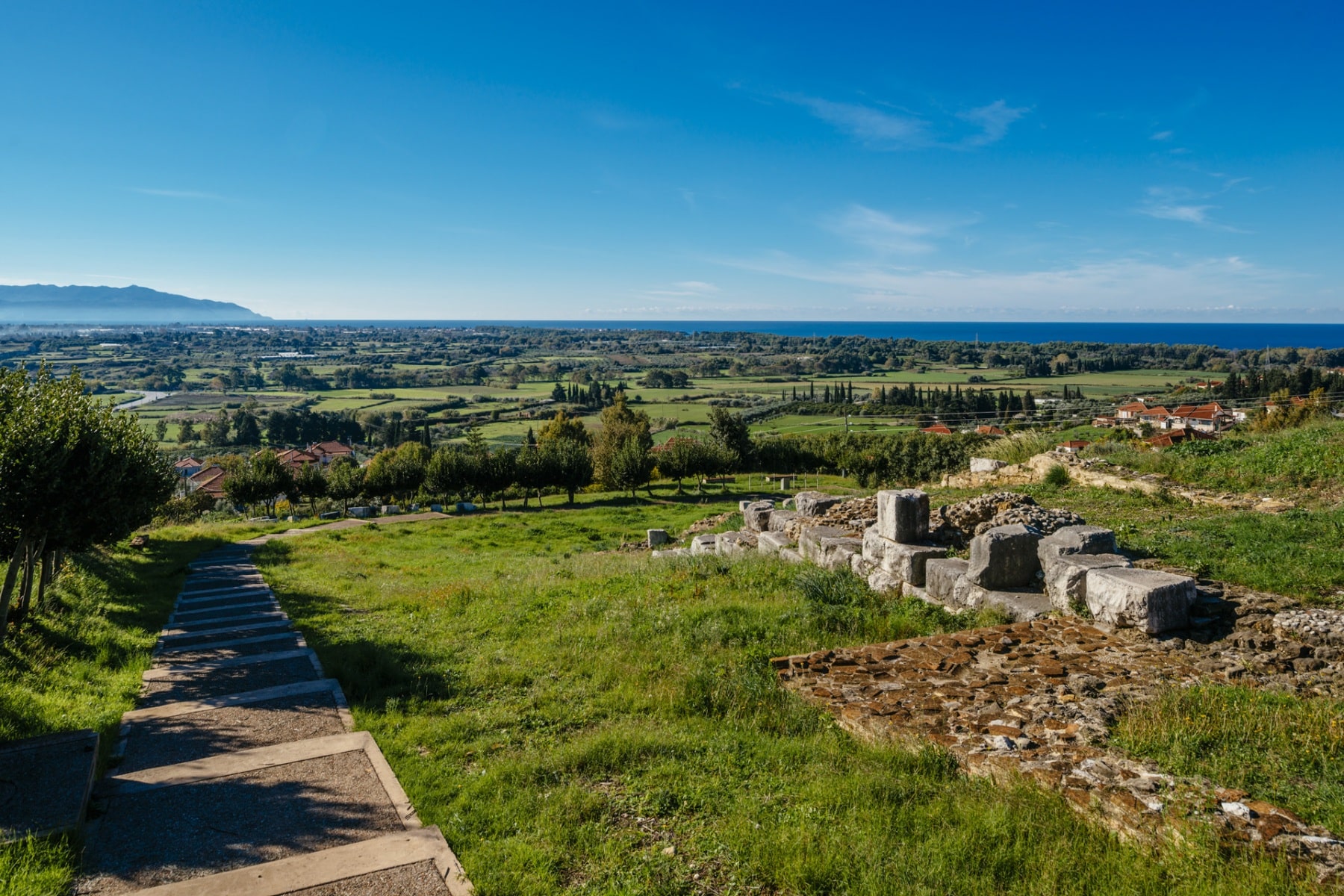
In 1978, a group of American archeology students visited ancient Nikopol during a tour of the American School of Classics. Among the great ones they saw was the victory monument built by Octavian Augustus after 31 BC, i.e. after the famous naval battle of Actium at Preveza. As the winner in the battle with Antony and Cleopatra, he ordered the construction of a monument that symbolically marked the transition from the Hellenistic world to the Roman empire. The monument, which was first excavated in 1911 by Philadelphia, must have been extremely impressive because 36 real acropros, bronze pistons brought by ancient ships from enemy triremes, were built into special carved stone “cases”. But the sight that budding US archaeologists saw at the time was heartbreaking, the vegetation was lush and the desolation evident: “We made our way through the thistles and poplars and saw the sheep go past the cracks,” says Konstantinos Zachos in Colonna, the only a Greek who had been on that 1978 excursion since he completed his PhD in Boston.

The unpleasant image made him stubborn, made him ashamed. When he later served for many years as administrator of the antiquities of Epirus and as president of the scientific committee of Nicopolis, he devoted his life to the illumination of this monument, and he really succeeded. On a 1978 trip, Zakhos met Barry Strauss, an enthusiastic young Yale student who was impressed by Epirus and they became friends. These two could not have imagined that 45 years after that first autopsy, they would meet again in the same place. A few days ago, Barry Strauss returned to Epirus and gave a wonderful lecture on the naval battle of Aktio, held at the Cultural Center of the Municipality of Preveza, as part of an educational visit to the area by Thalassa Journeys with a group of American graduates. Cornell University.

Barry Strauss is now a professor of humanities, known to the general public in the United States for his books The Battle of Salamis, The Trojan War, Spartacus’ War, The Death of Caesar. During his research for his latest book, The War That Made the Roman Empire: Antony, Cleopatra and Octavian in Action, he contacted his old friend Konstantinos Zachos and asked for information and photographs from his research on the victory monument. Somehow they both caught the thread of the past that connected Greeks and Americans. However, the same story with the cultural tourism agency Thalassa Journeys. It was founded by George and Vasos Papagapitos, two brothers from Rhodes who went to study in America in the 1960s and were the first to come up with the idea of cultural tourism with clients from all major American universities and institutes.
Source: Kathimerini
Ashley Bailey is a talented author and journalist known for her writing on trending topics. Currently working at 247 news reel, she brings readers fresh perspectives on current issues. With her well-researched and thought-provoking articles, she captures the zeitgeist and stays ahead of the latest trends. Ashley’s writing is a must-read for anyone interested in staying up-to-date with the latest developments.